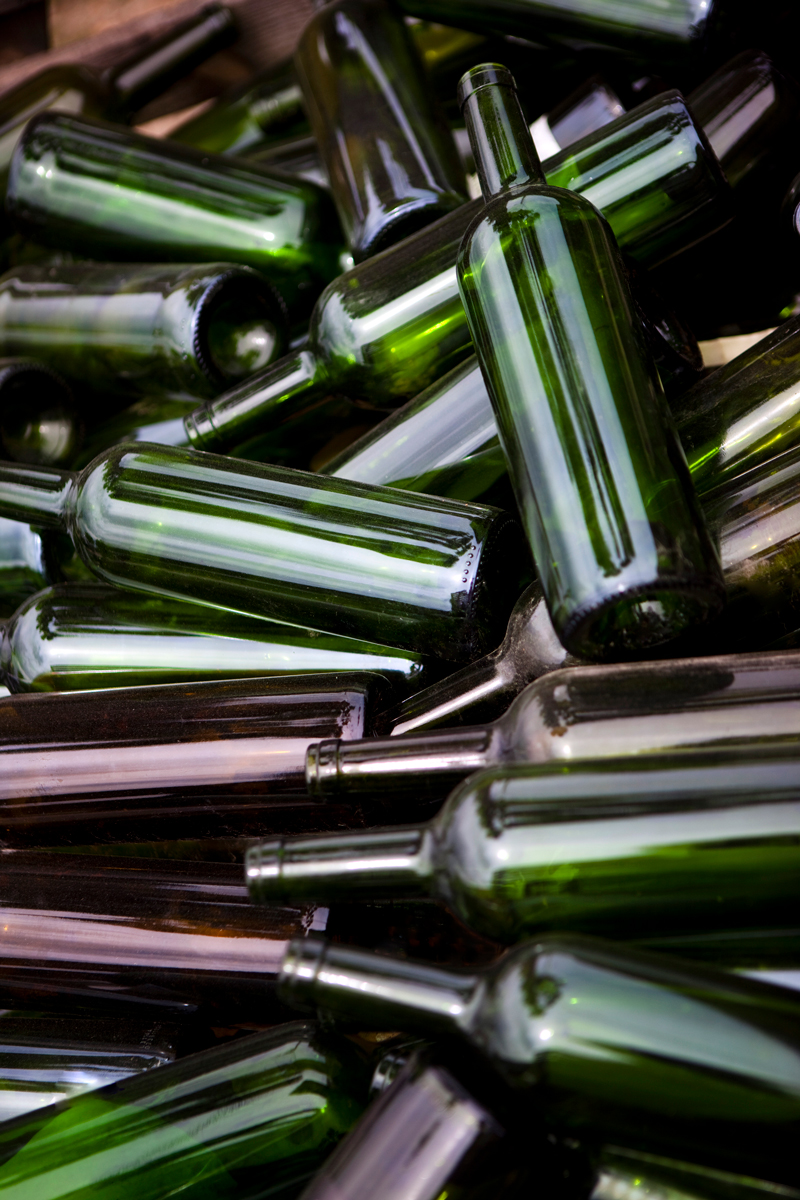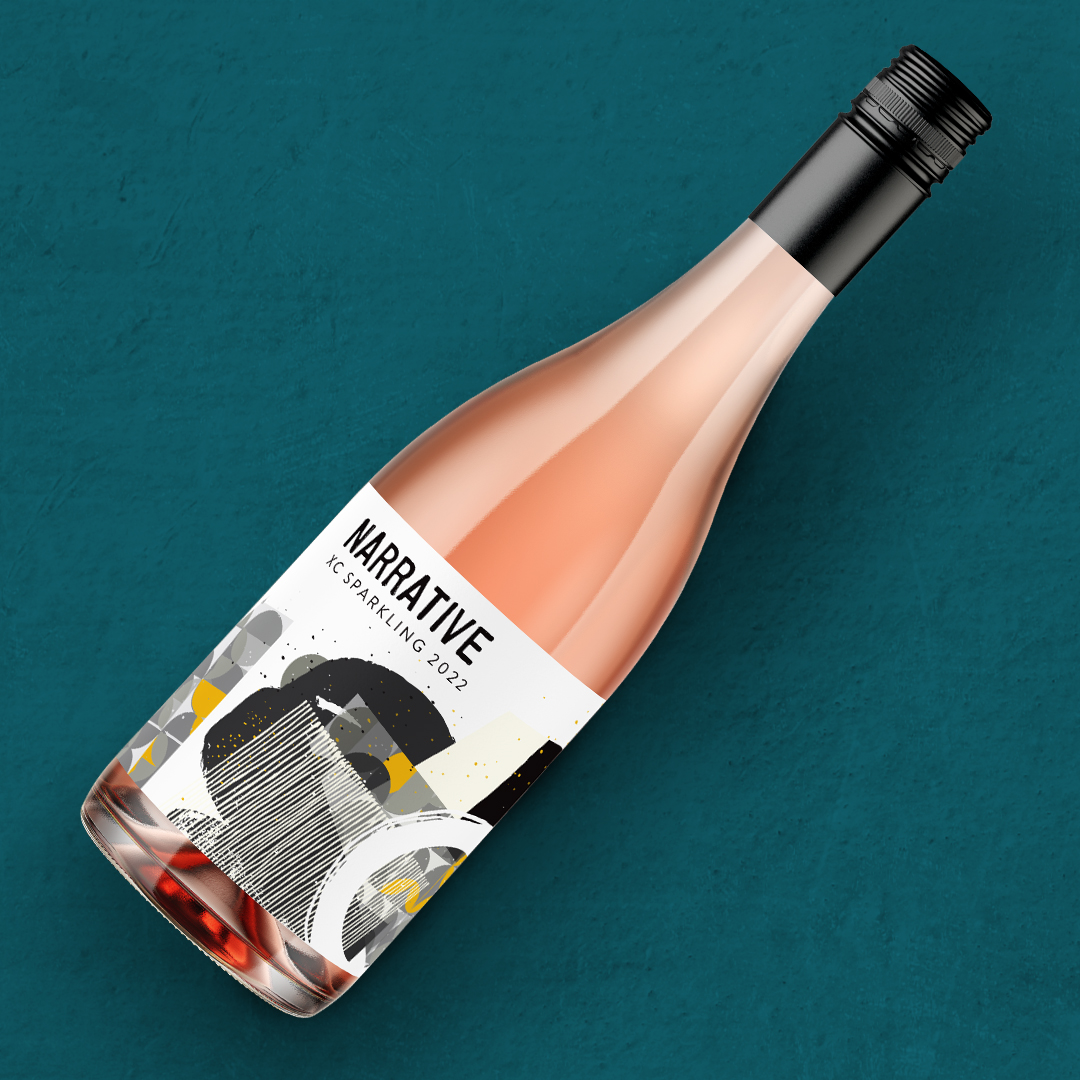
Wine Culture Magazine

The days of the luxuriously heavy, two-pound glass bottle may be numbered, and for good reason. Getty Images photo
Nothing says luxury quite like a dense, heavy, glass bottle of Bordeaux or bubble, its punt as deep as the pockets of the person who bought it. Right? Well, not so fast.
These days, glass is indeed a luxury. But not, perhaps, the way you think.
“Glass just isn’t as sustainable,” says Craig Pingle, the GM at Okanagan Crush Pad.
It’s not so much the problem of litter—glass is 100 per cent recyclable and most bottles actually do end up in the recycling stream—as it is the impact of producing and shipping it. Perhaps the biggest issue with glass, as opposed to other packaging materials, is its weight. Glass bottles are heavy. And all that weight comes at a cost.
“It costs more to buy. It costs more to ship. It uses more greenhouse gases, which is a big issue for us when we’re trying to reduce emissions,” Pingle says. “And when we’re bottling wine in heavier bottles, there’s wear and tear on the people who work the bottling lines.”
In other words, glass can be bad for the environment, bad for the people working with it and bad for a winery’s bottom line—and ultimately, the consumer’s, too.
So what to do about it?

Alternative packaging like the Orofino “mag bags” is one solution. Facebook.com/Orofino.Winery photo
One answer is to look for alternative packaging. Cans, cartons, pouches and bag-in-box wines have long been popular packaging choices in France, Italy, South Africa, Australia and Germany. But in North America, many people still associate them with cheap plonk, so vintners have been reluctant to use them.
Then the pandemic came along and snarled up global supply chains, including the ones that carried glass, most of which comes from China and South America. It affected wineries “big time,” Pingle says. “[Glass shipping] came to a halt as soon as COVID started. Then when it did come back, everything was backlogged.”
Suddenly, those cans and pouches were looking awfully good.
Today you can find, among others, Stag’s Hollow rosé or Corcelettes frizzante in cans, Hester Creek Cabernet Merlot in a three-litre bag-in-box and Orofino Gamay in a 1.5-litre mag bag.
But the reality is, most wine is still packaged in glass bottles.
Glass is, of course, a wonderful medium for wine. It is sturdy, nonporous and impermeable, and has an almost zero rate of chemical interaction. All of that preserves wine’s strength, aroma and flavour, and keeps it safe from contaminants. And, unlike plastic, glass is both reusable and easy to recycle.
Besides, it just looks so darn good.
But glass is hugely resource- and energy-intensive to produce and ship. To make it, glass, sand, lime and sodium carbonate are melted in fossil-fuel-powered furnaces that are heated up to 2,400°F. Once they are turned on, they stay on, running continuously, often for years. Now some manufacturers are looking at different options, such as using biofuel or electricity or systems that can be shut off and on.
Another option is using recycled glass, which requires much less than the 1.2 tons of raw material it takes to make one ton of virgin glass. It uses less energy as well. Yet another option would be a returnable/refillable bottle scheme, like the ones that already exist in South America and Europe.
Still, none of these tackles the issue of weight.
An average case of 12 bottles of wine weighs about 32 pounds; a case of sparkling wine can weigh 10 to 12 pounds more. Glass can account for more than half the weight in those cases, and that comes at a cost.
Aside from the raw materials to produce the glass, there is the cost of shipping it to the winery in the first place, then shipping it from the winery to the distributor, from the distributor to the retailer or licensee, and then on to the recycling depot or landfill.
That cost isn’t just in dollars, but also in energy use, carbon emissions and the impact it has on employees—the heavier the bottle, the more strain it puts on the workers who have to lift it.
So maybe the answer isn’t changing the packaging, but simply making it lighter, a process eco-conscious wineries have begun calling ”lightweighting.”

A concern over glass became a crisis when the pandemic broke global supply chains. Getty Images photo
Here’s the thing: We think glass has to be made a certain way, and for centuries, it was. But with new technology, bottles can really be made almost any way we want. In Europe, for years producers have already been moving away from heavy bottles with deep punts, and toward lighter, well-tempered and equally sturdy glass.
Among those advocating for lighter bottles is the LCBO, the world’s single biggest purchaser of beverage alcohol. Ontario’s liquor retailer launched its Lightweight Bottle Program in 2010, under its Spirit of Sustainability mandate. Today some 90 per cent of the products carried at the LCBO meet its lightweight glass standards and, as a direct result, the LCBO claims to have reduced annual waste by more than six million kilograms.
And there’s really no reason not to lighten up.
The global average weight for a wine bottle is 500 grams (about 17.5 ounces), but manufacturers like Switzerland’s Vetropack Group can make bottles as light as 350 grams (about 12 ounces). It’s trickier for bubbles—if the glass is flawed, the pressure of the bubbles can make it explode. But even there, new technology is creating lighter bottles.

The Narrative 2022 sparkling wine comes in a lightweight bottle that proves bubbles don’t need wasteful packaging. Photo courtesy of Okanagan Crush Pad
Enter Okanagan Crush Pad.
In 2022, the Summerland winery became the first in Canada to join International Wineries for Climate Action, a collaborative working group of wineries committed to reducing carbon emissions, founded by the Jackson and Torres families. They had already adopted such sustainable practices as growing wine organically and using concrete tanks. (“An oak barrel you have to replace every five years; a concrete tank lasts forever,” Pingle says.)
The next step was to reduce the impact of packaging.
Aside from packaging their Bizou and Yukon range in pouches and cans, they started using recycled cardboard for cases. ”And then, of course, the glass that goes inside it,” Pingle says.
Specifically, they adopted a lighter-weight bottle for their sparkling wines.
“Our sparkling production is 20 per cent, give or take, of our overall production,” Pingle says. With the new bottles, each case weighs 12 pounds less than before. With a run of 3,000 cases, that’s an anticipated saving of 36,000 pounds—or 18 tons—in glass this year.
They also replaced the traditional cork with a Stelvin screw-cap closure, which has the added benefit of preserving the carbonation better, even if you recap the bottle and let it sit for a few days.
“Someone handed me the lighter bottle with the Stelvin cap and I was like, no way,” Pingle says. “It’s got so many different benefits, the more you think about it.”

Joanne Sasvari is editor of Vitis and The Alchemist magazines. She also writes about food and drink for WestJet and Vancouver Sun, and is author of the Wickaninnish and Vancouver Eats cookbooks.

Joanne Sasvari is editor of Vitis and The Alchemist magazines. She also writes about food and drink for WestJet and Vancouver Sun, and is author of the Wickaninnish and Vancouver Eats cookbooks.
@ Vitis Magazine